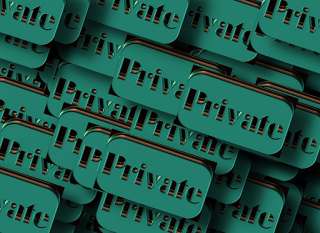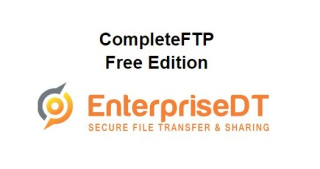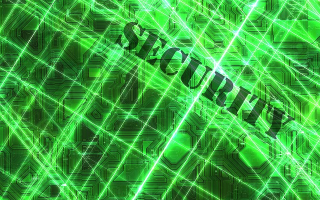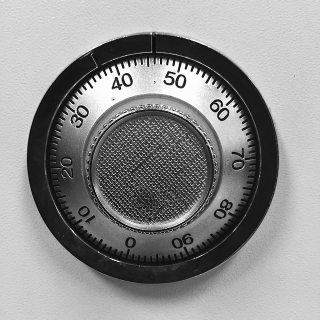
Switching from CompleteFTP trial to the Free Edition
The CompleteFTP 30-day trial can be switched to CompleteFTP Free Edition very easily.

The CompleteFTP 30-day trial can be switched to CompleteFTP Free Edition very easily.

CompleteFTP Free Edition will remain fully operational for 30 days from installation without being activated.

We outlined numerous privacy concerns with the 2016 Australian census recently.

There are serious privacy concerns with the forthcoming Australian census.

We've just released CompleteFTP Free Edition, a free version of our popular CompleteFTP secure file server supporting FTP and FTPS.

There are many uncertainties regarding the UK's recent referendum vote to leave the EU.

The massive account takeover attacks reported by Akamai recently illustrate what corporations are up against when it comes to cyberattacks.

One aspect not discussed in our recent post on security issues and the Internet of Things (IoT) is the increasing trend of connecting operational technology systems to the internet.

We only just discussed the growing threat of ransomware - cyberattacks where victims' data is encrypted by attackers and they must pay a fee to have their data decrypted.

Ransomware is a real and growing threat. Although it has been around for many years, it is only more recently that ransomware has become more prominent.